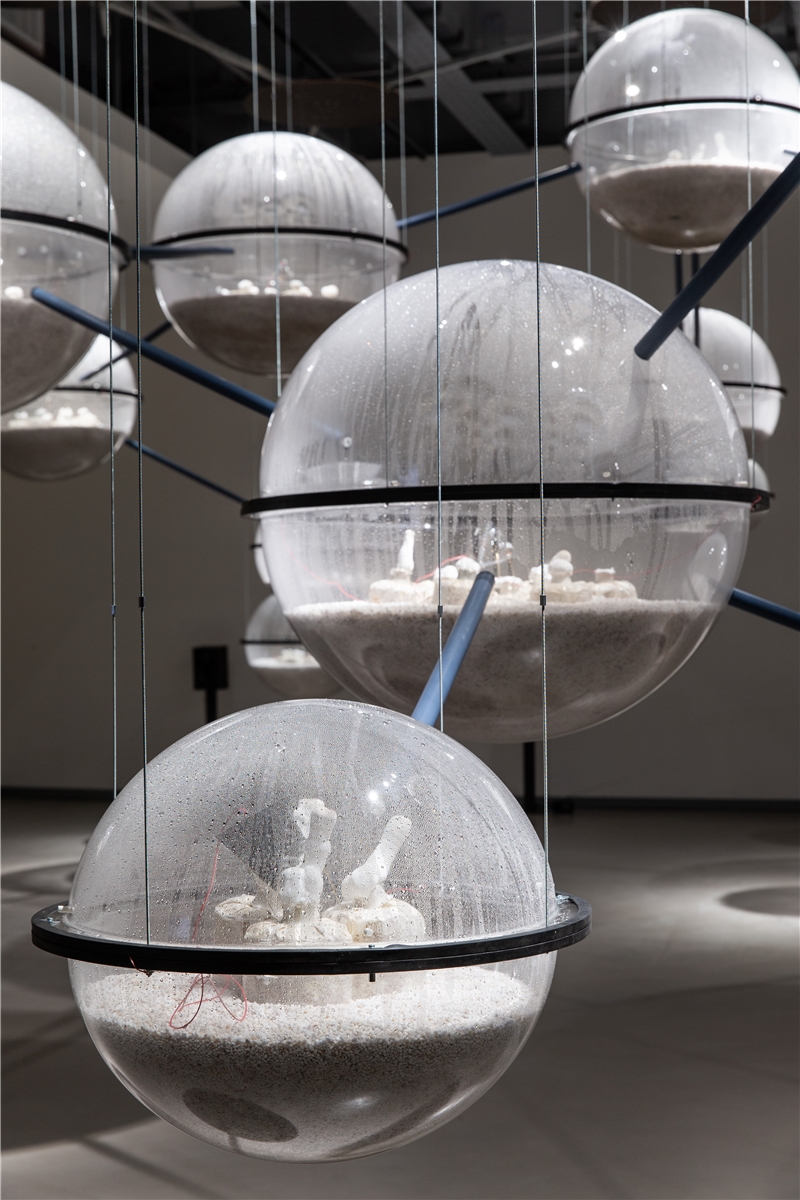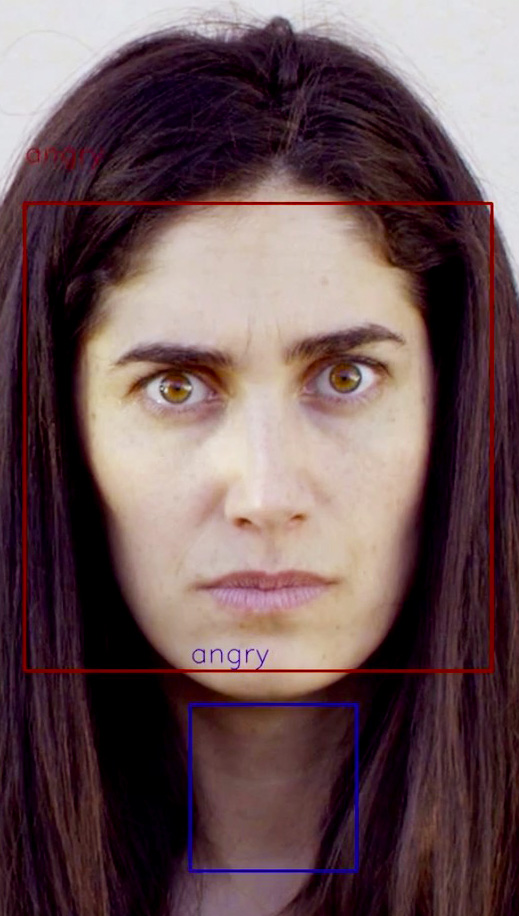KANNO So / yang02
Avatars
For this installation, So Kanno + yang02 composed all kinds of differently sized objects, including a telephone, a traffic cone, a plaster figure, a car, and a plant. Cameras, microphones, monitors and microcomputers are embedded in everyday objects arranged in the exhibition space, and connected to the Internet. Visitors can experience the work by logging in to / “riding“ each object via a web browser. Those objects exist as substitutes of – yet together with – real human beings (the visitors) in the same real environment that is subject to physical laws, rather than operating in a virtual space. Against the backdrop of the age of IoT, where all kinds of things are connected through networks, and artificial intelligence is about to mature, this work observes the new relationships that emerge when inorganic, non-autonomous objects transform into persons that act and perceive the world according to their own intentions.










